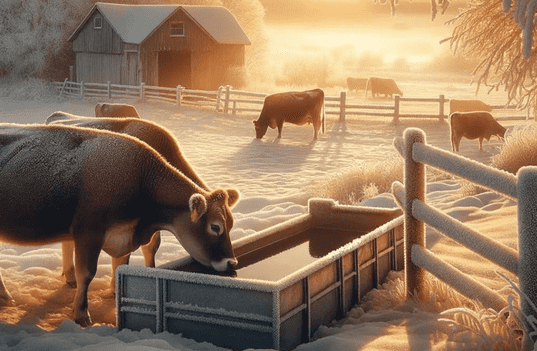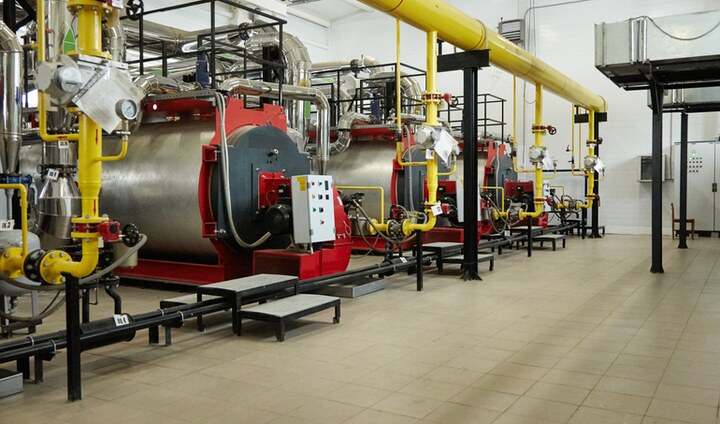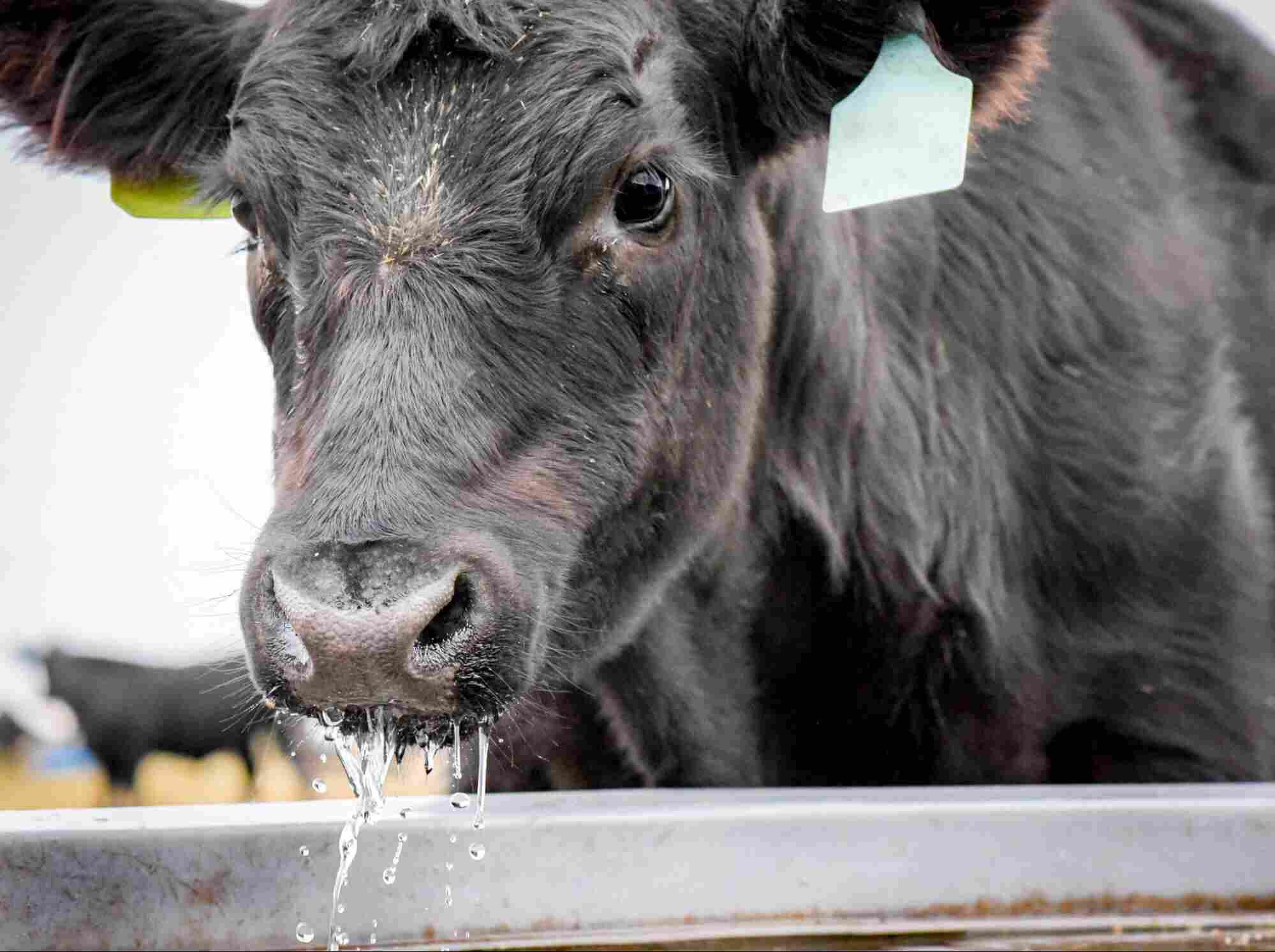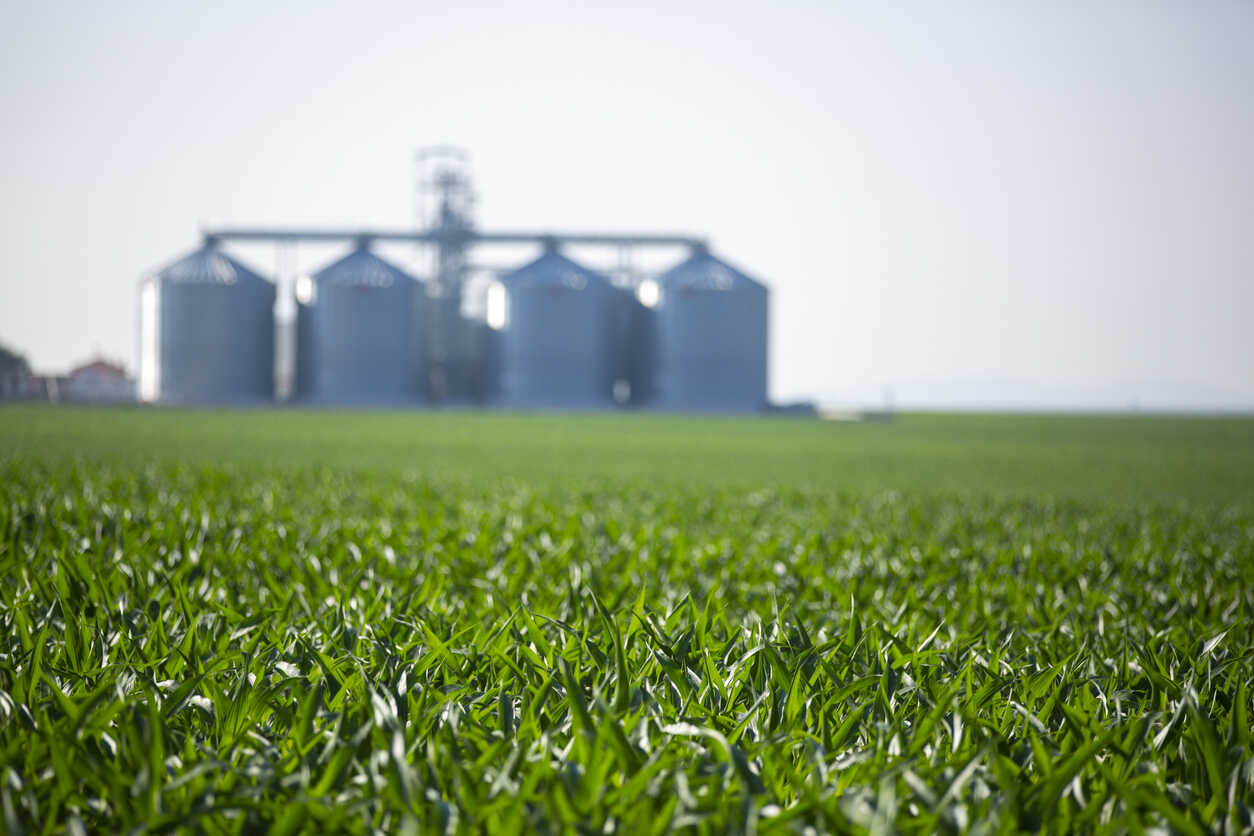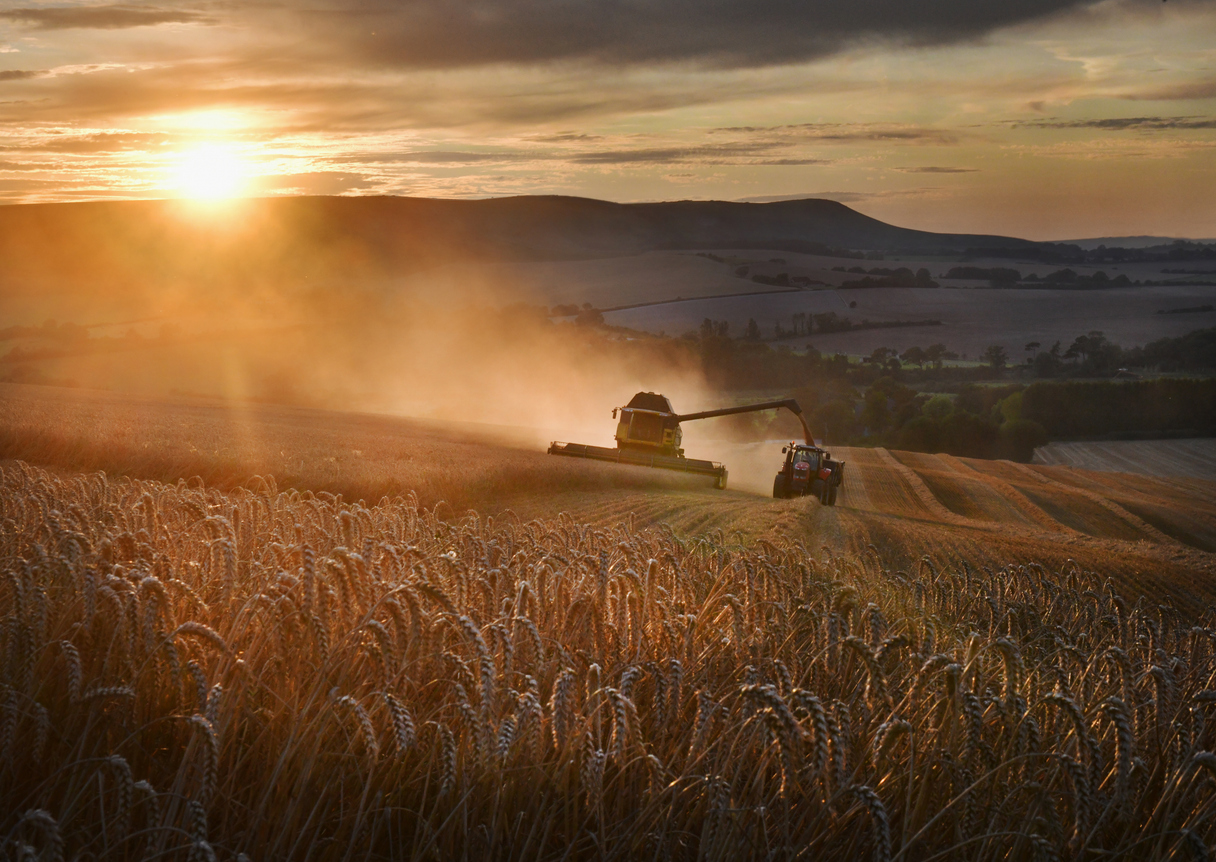The agricultural industry is faced with the challenge of meeting the world’s increasing food demands while striving for sustainability and environmental stewardship. Innovation in agricultural practices offers a promising pathway to address these challenges, ensuring food security and sustainable development. Agricultural LED lighting is a significant advancement in farming and horticultural practices, offering a sustainable, energy-efficient solution that can lead to improved productivity and profitability. In this blog post, we will explore the benefits of agricultural LED lighting, spotlighting the solutions from the Current Group, to illustrate how this technology can be a game-changer for your farming business.
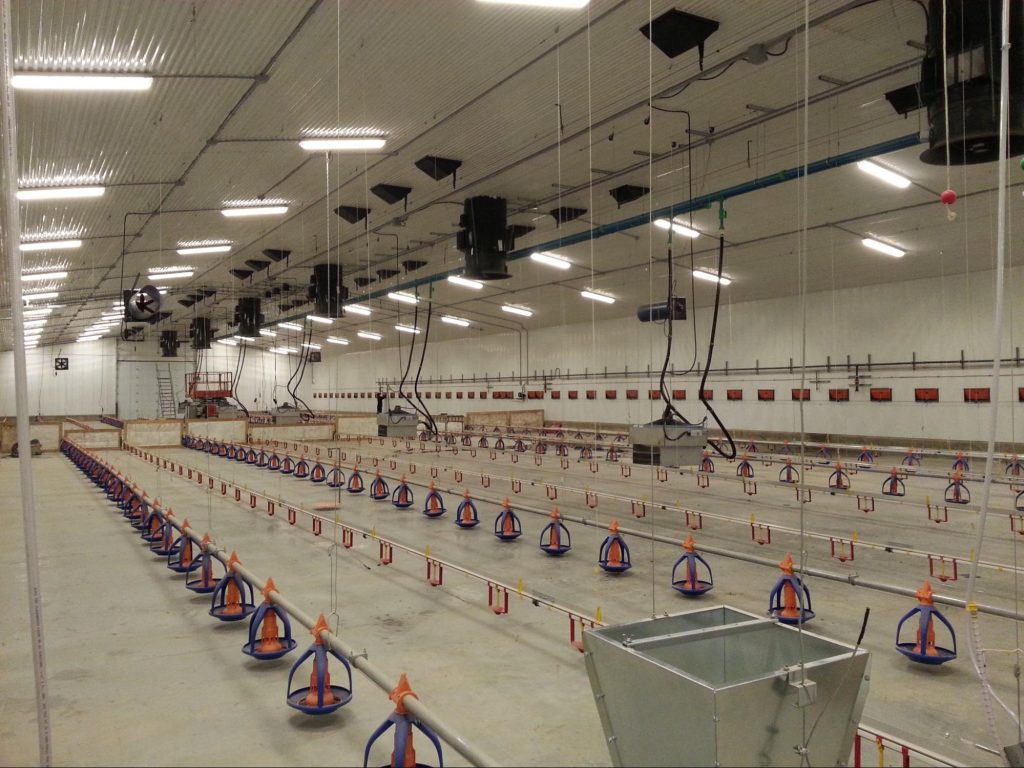
What is Agricultural LED Lighting?
LED, or Light Emitting Diode, technology, represents a leap forward in lighting efficiency and control. Unlike traditional agricultural lighting solutions like High-Intensity Discharge (HID) or fluorescent lamps, LEDs convert electricity directly into light with minimal heat production, which is a significant advantage in controlled environment agriculture.
Applications of LED Lighting in Agriculture
- Greenhouses: LED lighting is used to supplement natural sunlight, extending the growing season and enhancing plant growth by providing the optimal light spectrum.
- Vertical Farms: In these highly controlled environments, LEDs are the primary light source, enabling efficient year-round production of crops in stacked layers.
- Livestock Farming: LEDs are also used in poultry, dairy, and other livestock farming to create optimal lighting conditions for the health and productivity of animals.
Advantages of LED Lighting in Agriculture
Energy Savings
Switching to LED lighting can result in substantial energy savings. Replacing traditional lighting with LEDs can cut energy use by up to 50%. This efficiency translates into significant cost savings for farming operations. Current Group provides energy audits and lighting upgrades to help you save money on your monthly power bill. The longevity of LED lighting also means fewer replacements and less maintenance.
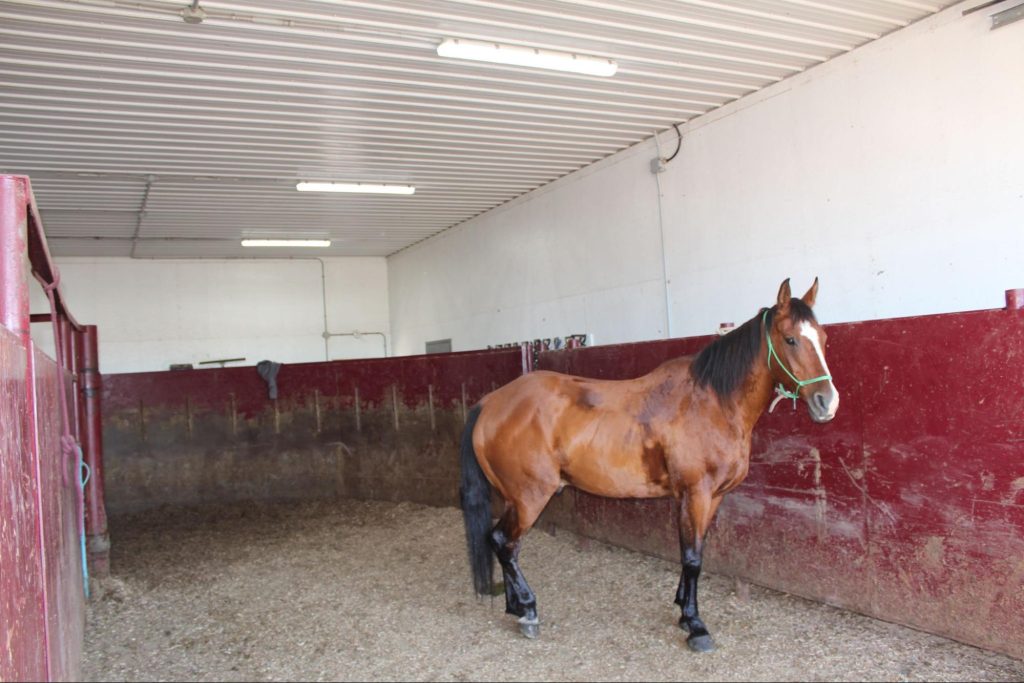
Improved Plant Growth and Yield
Beyond energy savings, LEDs can enhance plant growth and yield. By adjusting the light spectrum, growers can stimulate specific growth responses at different plant stages, leading to faster growth cycles and higher yields. Current Group’s lighting automation solutions offer agriculture-LED lights that can be customized to the precise needs of different crops, ensuring that plants receive the right amount of light for optimal growth at various stages of their life cycle.
Environmental Benefits
The shift to LED lighting also offers notable environmental benefits. Reduced energy consumption translates to a lower carbon footprint for agricultural operations. Healthier plant growth under agriculture-LED lights can also decrease the reliance on chemical inputs, minimizing the environmental impact.
Enhancing Profitability with Agricultural LED Lighting
Reduced Operational Costs
The operational cost savings from LED lighting are multifold. Energy efficiency lowers utility bills, while the durability of LEDs reduces the need for frequent replacements. Together, these factors can significantly improve a farm’s profitability. While the initial investment in LED lighting may be higher than traditional lighting, the long-term savings on energy and maintenance costs make it a financially sound decision.
Increased Production Quality and Quantity
Optimal lighting conditions can not only boost production volume but also improve production quality. This can lead to better market prices and higher revenue. Case studies have documented how farms utilizing LED lighting have achieved higher yields and superior-quality produce.

Agricultural LED lighting is indeed a transformative solution in modern farming, offering a multitude of benefits that can significantly impact the productivity, profitability, and environmental sustainability of agricultural operations. Current Group offers a comprehensive range of agricultural LED fixtures tailored to the unique needs of farmers. Our products are designed for superior performance, reliability, and energy efficiency. Embrace sustainable farming and improve your operation’s efficiency with our customizable, durable LED solutions. Request a quote to get started.


